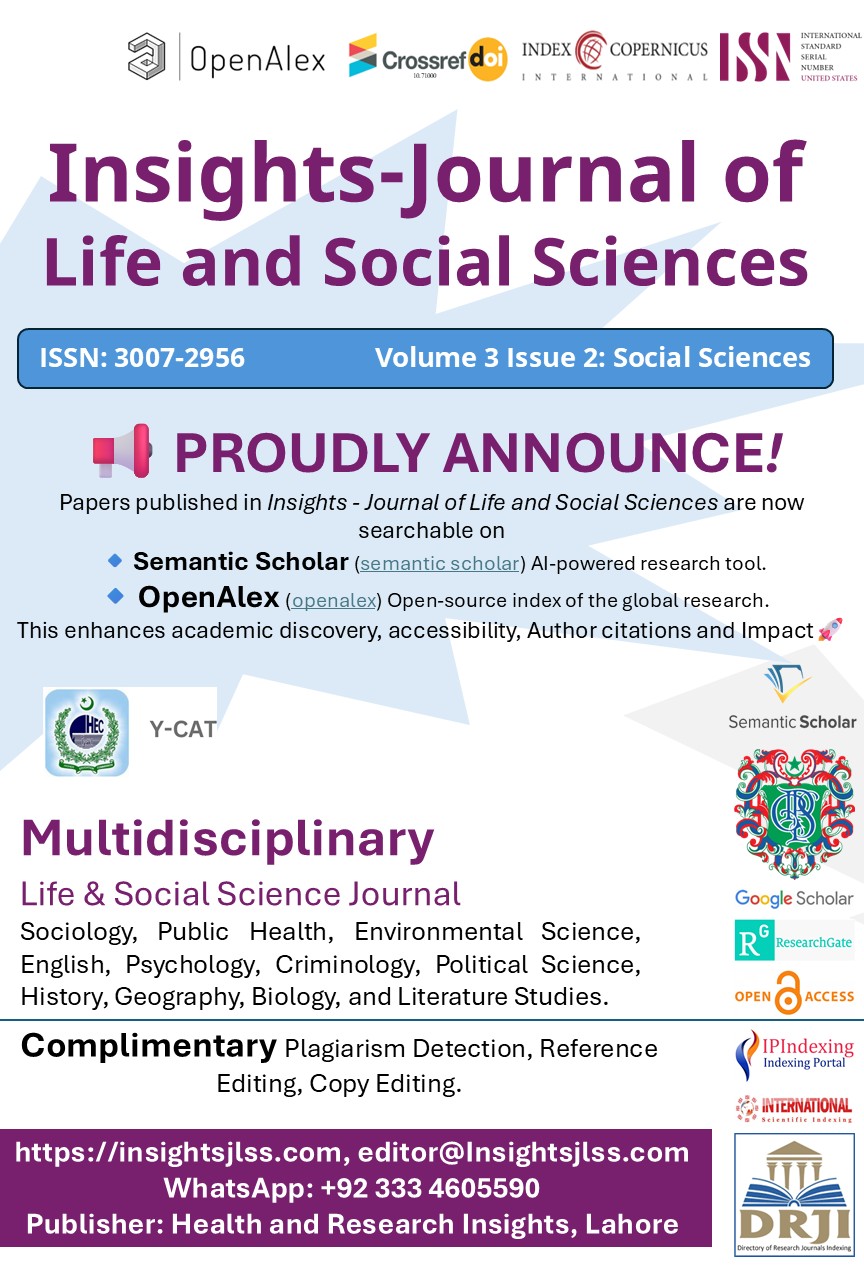TOXICOLOGICAL AND PUBLIC HEALTH CONSEQUENCES OF ILLICIT DRUG USE IN URBAN POPULATIONS
Main Article Content
Abstract
Background: Illicit drug use in urban populations presents a growing toxicological and public health crisis, driven by the increasing prevalence of synthetic opioids, psychostimulants, and polysubstance abuse. Despite extensive literature on individual substances, there is limited comprehensive synthesis focusing specifically on the urban context, where unique socioeconomic and infrastructural factors amplify drug-related harms. This gap in knowledge limits the development of targeted interventions and forensic policy responses.
Objective: This systematic review aims to evaluate the toxicological and public health consequences of illicit drug use in urban populations, synthesizing current evidence to guide clinical practice, forensic investigation, and public health policy.
Methods: A systematic review was conducted in accordance with PRISMA 2020 guidelines. Databases searched included PubMed, Scopus, Web of Science, and Cochrane Library, covering publications from 2018 to 2024. Inclusion criteria encompassed observational studies and cohort analyses focused on illicit drug use in urban settings, reporting on toxicological or public health outcomes. Data were extracted using a standardized form and assessed for risk of bias using the Newcastle-Ottawa Scale and JBI checklists. Due to study heterogeneity, a narrative synthesis approach was employed.
Results: Eight studies involving a total of 29,537 participants were included. Findings consistently showed elevated rates of overdose mortality, emergency department admissions, and infectious disease transmission associated with opioids, methamphetamine, and mixed drug use in urban areas. Statistically significant associations (p < 0.05) were noted for polysubstance use and increased mortality, especially during the COVID-19 pandemic. Risk of bias was generally low to moderate across studies.
Conclusion: Illicit drug use in urban populations is associated with profound toxicological and public health consequences, underscoring the need for integrated harm reduction strategies, enhanced surveillance, and context-specific interventions. While findings are supported by high-quality evidence, further longitudinal studies are needed to assess long-term impacts and evaluate policy effectiveness.
Article Details

This work is licensed under a Creative Commons Attribution-NonCommercial-NoDerivatives 4.0 International License.
